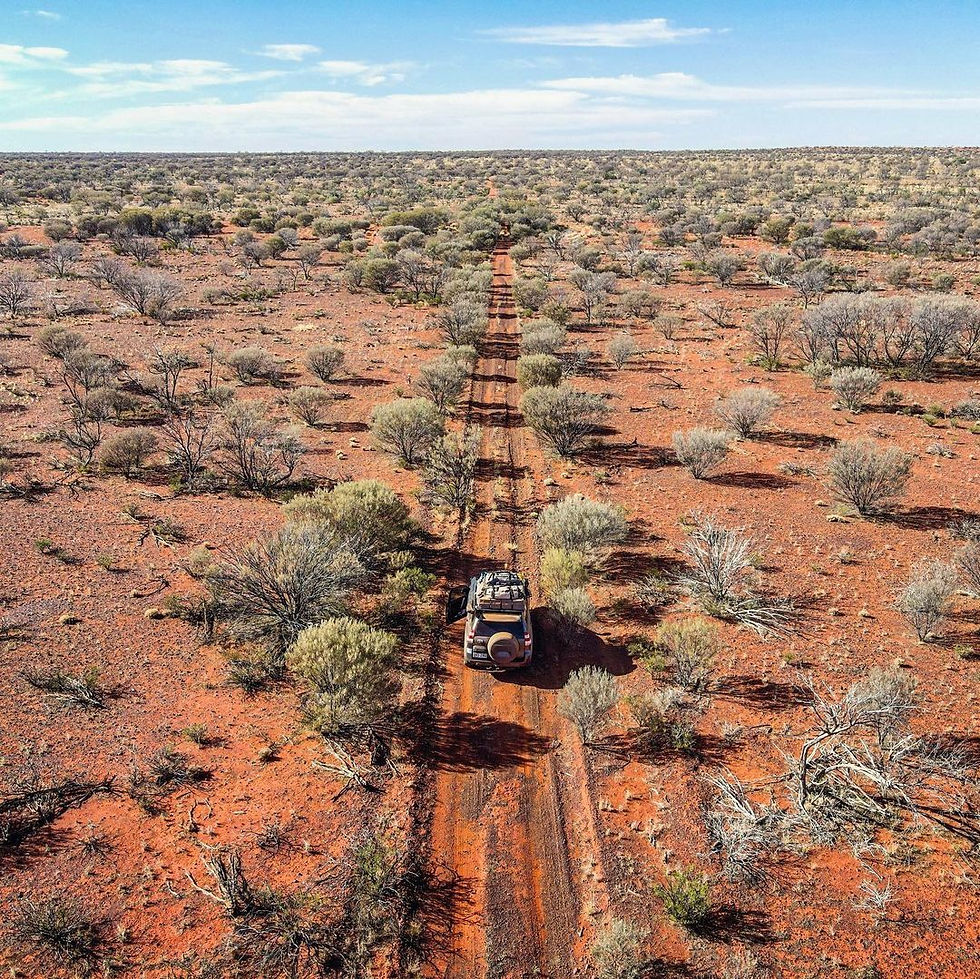Why Australians Fear the Cassowary: The World’s Most Dangerous Bird
- Geeshan Mudalige

- Feb 25
- 2 min read
G. Mudalige, Jadetimes Staff
G. Mudalige is a Jadetimes news reporter covering Technology & Innovation

Australia is home to some of the world’s most dangerous creatures, from venomous snakes to giant spiders. Yet, among these fearsome animals, one unlikely contender strikes fear into Australians—the cassowary. This large, flightless bird, often described as a “living dinosaur,” has earned the title of the world’s most dangerous bird due to its size, appearance, and defensive capabilities. With its prehistoric look, glossy black feathers, piercing eyes, and powerful legs equipped with dagger-like claws, the cassowary is a force to be reckoned with.
Native to the rainforests of northern Queensland and neighboring Papua New Guinea, cassowaries are typically shy and prefer to avoid human contact. However, their protective nature, particularly when defending their young, can lead to aggressive encounters. Male cassowaries are responsible for incubating eggs and raising chicks, making them fiercely protective parents. When humans venture too close, cassowaries may perceive them as threats, leading to dangerous confrontations. Despite their reputation, experts emphasize that humans pose a greater threat to cassowaries than vice versa. Habitat loss, vehicle collisions, and feeding by humans disrupt their natural behaviors and increase the likelihood of aggressive encounters.
One of the most infamous incidents involving a cassowary occurred in Queensland, where a viral video captured a bird attempting to snatch a burger from a woman. While it may seem amusing, experts warn that feeding cassowaries encourages bold and aggressive behavior. A study published in the Journal of Zoology found that 75% of cassowary attacks were linked to humans feeding the birds. To prevent such incidents, conservationists advise visitors to avoid offering food and to remain calm and still if they encounter a cassowary in the wild.
Despite their intimidating presence, cassowaries play a vital role in rainforest ecosystems as the largest frugivores (fruit-eaters) in the world. By consuming and dispersing seeds through their droppings, they help maintain forest diversity and growth. This ecological service is essential for the health of Australia’s tropical rainforests, making cassowaries a keystone species. However, their population is declining due to habitat destruction, vehicle collisions, and human interference. Conservation organizations like the Community for Coastal & Cassowary Conservation (C4) are dedicated to protecting these birds and educating the public about their importance.
Interestingly, cassowaries can sometimes mistake their reflections for rival birds, leading to aggressive behavior toward dark-colored cars, mirrors, and windows. Locals in Mission Beach have adapted by using screens to reduce reflections and prevent these encounters. Even statues are not immune—C4 once placed a fiberglass cassowary outside their office, only to witness a female bird repeatedly attacking it after failing to elicit a response.
While cassowaries may inspire fear due to their size, strength, and prehistoric appearance, respecting their space and preserving their habitat is essential for maintaining biodiversity. By understanding their behavior and importance, humans can coexist with these remarkable birds while ensuring their survival for future generations.










































תגובות